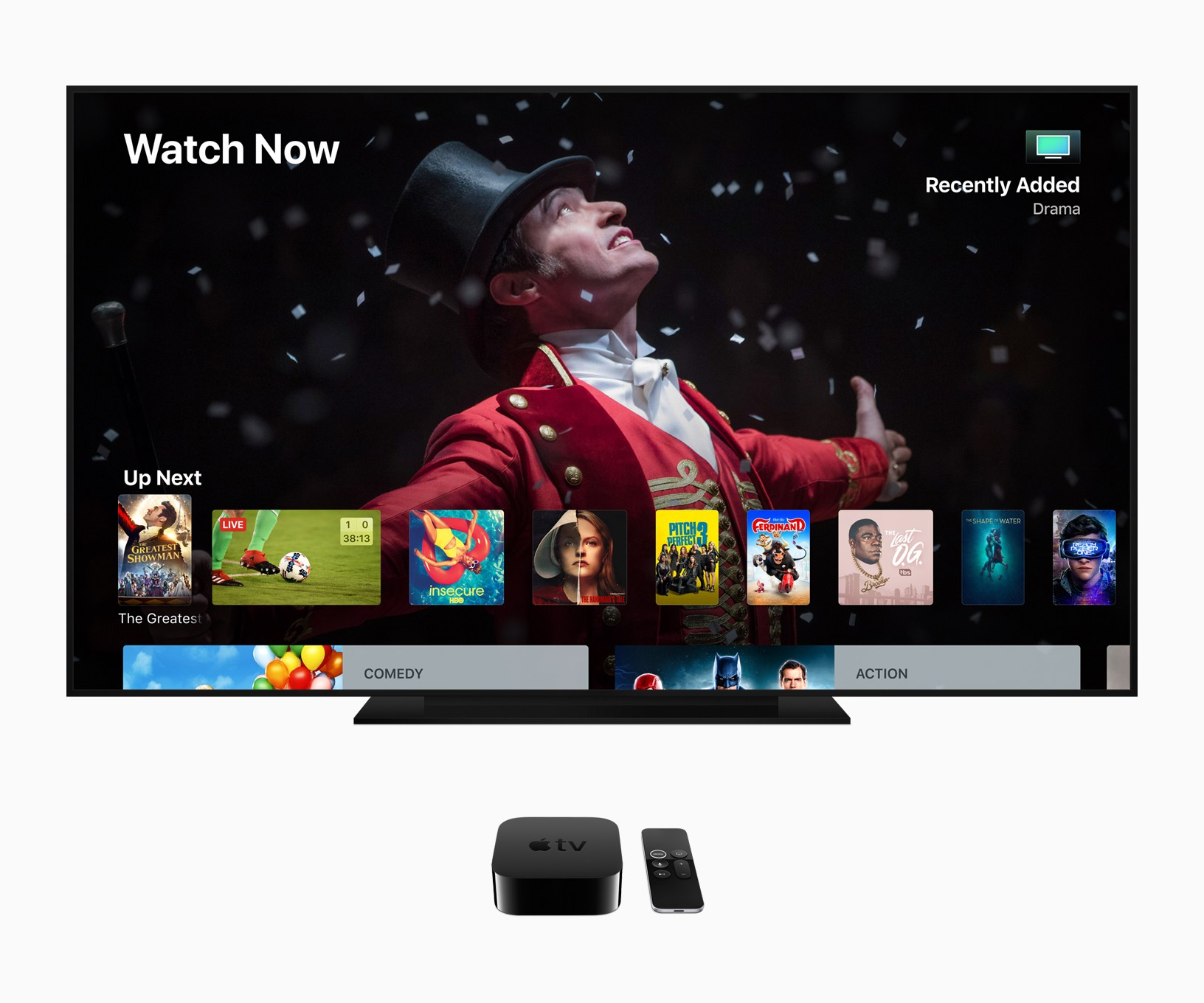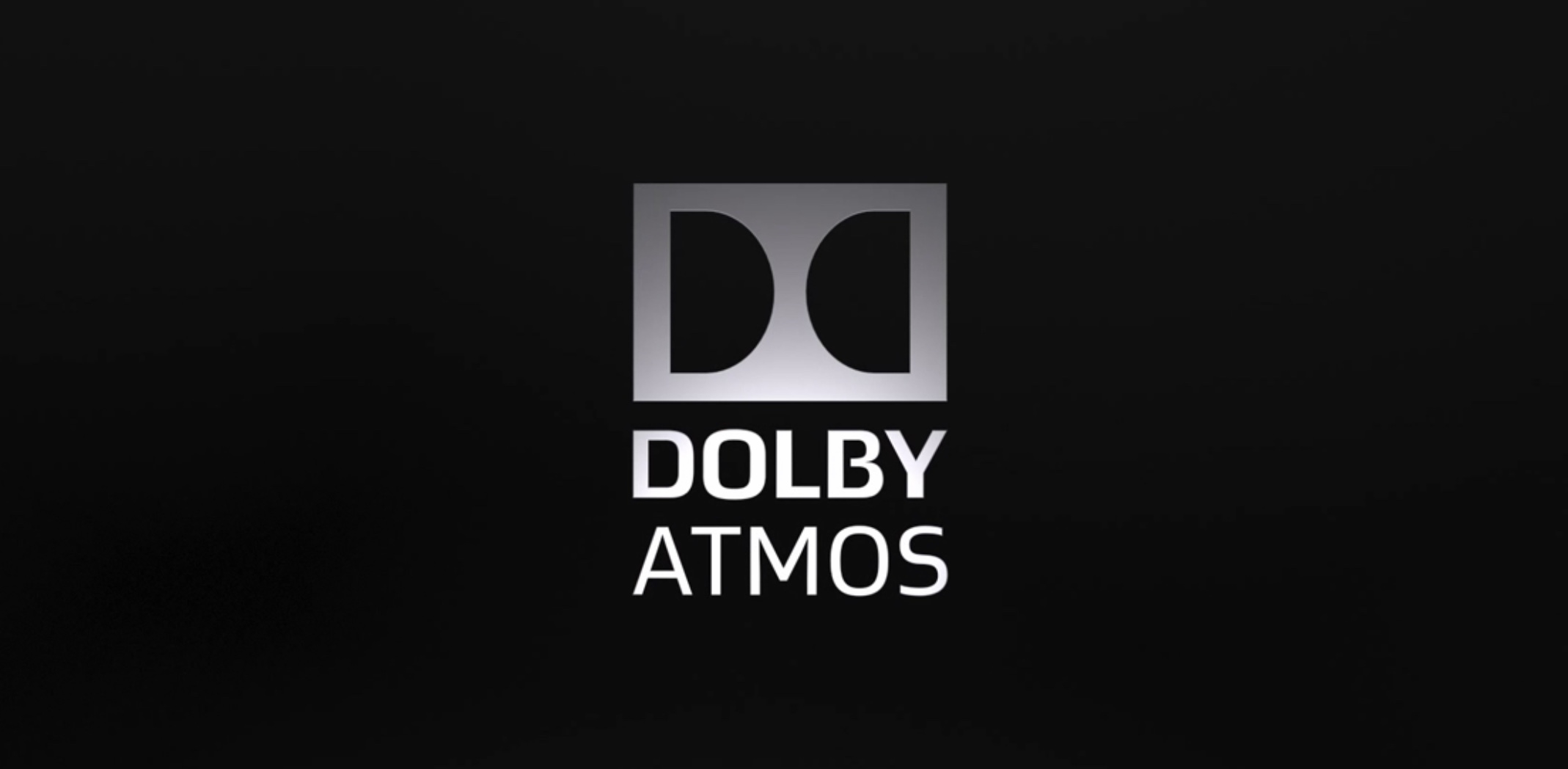tvOS 12 is available today, the latest major software version for the Apple TV. tvOS releases are never as significant as those found on Apple’s other platforms, and that remains true this year; however, tvOS 12 does include a handful of new features that have the potential to truly improve the Apple TV experience on a daily basis. Improvements include upgrades to aerial screensavers, Dolby Atmos support, an easier way to enter passwords, and more. Let’s dive in.
Screensavers
In many ways, streaming boxes have a pretty simple job: they just need to deliver TV over the Internet. Whether someone’s watching on an Apple TV, Chromecast, Roku, or Amazon Fire TV, in most cases they really only care about whether their streaming box will give them reliable access to TV.
That said, perks like awe-inspiring aerial screensavers make a noteworthy contribution to the TV watching experience. The Apple TV’s screensavers – silly as it may sound – are undoubtedly one of the best features of the product. And in tvOS 12, they’re getting better.
The first way screensavers are better is that they finally will tell you the location where they were filmed. Whenever a new screensaver appears, a line of text in the lower-left corner of the screen shares the screensaver’s location before fading off-screen after a moment; at any time you can make this description reappear by tapping on the touch-sensitive portion of the Siri Remote. I can’t count the number of times my wife or I have wondered out loud where a screensaver had been filmed; finally we’ll have the answers right at our disposal.
The second improvement to screensavers comes via the International Space Station: tvOS 12 includes a suite of new screensavers showing off a zoomed out planet Earth in all its beauty. I always love seeing the amazing cities and landscapes of the world shown through screensavers in glorious 4K video; seeing Earth itself from the view of the International Space Station is going to be breathtaking.
Dolby Atmos
Last year when Apple launched the Apple TV 4K, the focus was all on video. The new device brought 4K and HDR support to the Apple TV lineup for the first time, offering a compelling high quality picture upgrade. Some reviews at the time noted, however, that despite the device’s strengths – such as Dolby Vision support – it lacked one significant feature: the audio prowess of Dolby Atmos. But in tvOS 12, that problem has been remedied.
Dolby Atmos is to audio what Dolby Vision is to video: basically, a premier standard in the consumer home theater market. I’m no A/V expert, but my understanding is that if you want the best TV watching experience (within a reasonable level of cost), you want Dolby Vision and Dolby Atmos.
With its newfound support for Atmos, the Apple TV 4K enables enjoying compatible movies and shows in immersive surround sound. iTunes listings now contain labels denoting whether a title supports Atmos, but the quickest way to find compatible titles is by asking Siri: “Show me movies with Dolby Atmos.”
Password AutoFill
Entering passwords and other login info on the Apple TV is getting a lot better this year. First, tvOS benefits from the new Password AutoFill support found in iOS 12’s QuickType keyboard. Since tvOS already pings your iPhone when a text input field is recognized, now you’ll be able to access iOS 12’s AutoFill features inside that Continuity Keyboard via its push notification. This means you’ll even have access to your full 1Password vaults when watching TV.
What I just mentioned is technically an iOS 12 function, but one feature that’s brand new for tvOS in particular is an AutoFill option for TV viewers who have different iCloud accounts than the one signed in on the Apple TV. In tvOS 12, the Siri Remote will use proximity to detect the iPhone nearest to it, and that iPhone will be able to use its iCloud Keychain database to employ AutoFill on the Apple TV. So if, for example, your friend is over to watch Westworld, and they have an HBO subscription that you do not, they’ll be able to fill in their login credentials with ease.
All the Rest
Zero Sign-on. Apple first launched Single Sign-on in late 2016 as a way for subscribers of existing cable or satellite plans to have an easy way to use those TV credentials in compatible video apps. Unfortunately, the feature rolled out with a limited number of providers on-board, and despite a gradual expansion of that roster over time, it still never quite grew to an acceptable level. Call me a critic, but I don’t see any reason to think things will be different with Zero Sign-on.
Zero Sign-on is similar in spirit to Single Sign-on, except it’s even easier: with Charter Communications (the only supported partner at launch), your Apple TV will detect that it’s on a Charter network, and automatically sign in to all the video apps you’re entitled to with your Charter TV subscription. This system appears to be the first true replacement for a cable box, because it requires no setup; unsurprisingly, as part of its deal with Apple, Charter will begin offering an Apple TV 4K to its customers soon.
In the age of cord-cutting, Zero Sign-on is a fantastic idea for those still paying for traditional programming plans. However, most users will likely never benefit from it. If you’re in the relatively small base of users who subscribe to both Internet and TV through Charter, it could be a great feature for you; for everyone else, the chance of this feature coming to your chosen provider is unfortunately far too low.
Siri Support for Find My iPhone. 2018 is a big year for Find My iPhone, it would seem. The feature has long been available via Siri on iOS and watchOS devices, but until now Siri on the Apple TV couldn’t locate your devices. Good news though: both tvOS 12 and HomePod version 12 add support for Find My iPhone. Ask where your iPhone or iPad is, and Siri will cause nearby devices to play a chime to help you find them.
tvOS 12 is a bigger update for the Apple TV than last year, when the highlight was automatic switching between light and dark appearances. The new features here also truly offer value to everyday use of the Apple TV. However, on any other platform, these features would be better suited for a point release rather than a major new version. After three straight years of relatively minor updates though, perhaps it’s time to accept what Apple gives us and move on. Stacked up next to new versions of iOS, macOS, and watchOS, this is an underwhelming release, but the Apple TV is still my favorite way to enjoy content on the big screen, and this year’s update made that experience just a bit better.




